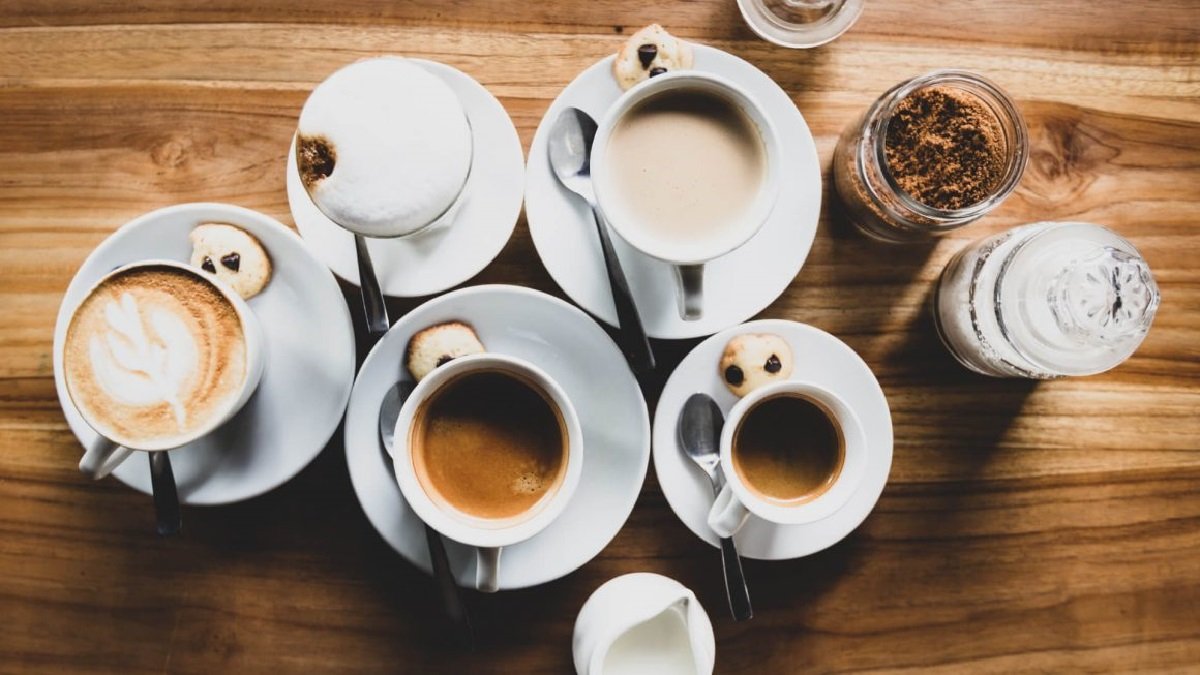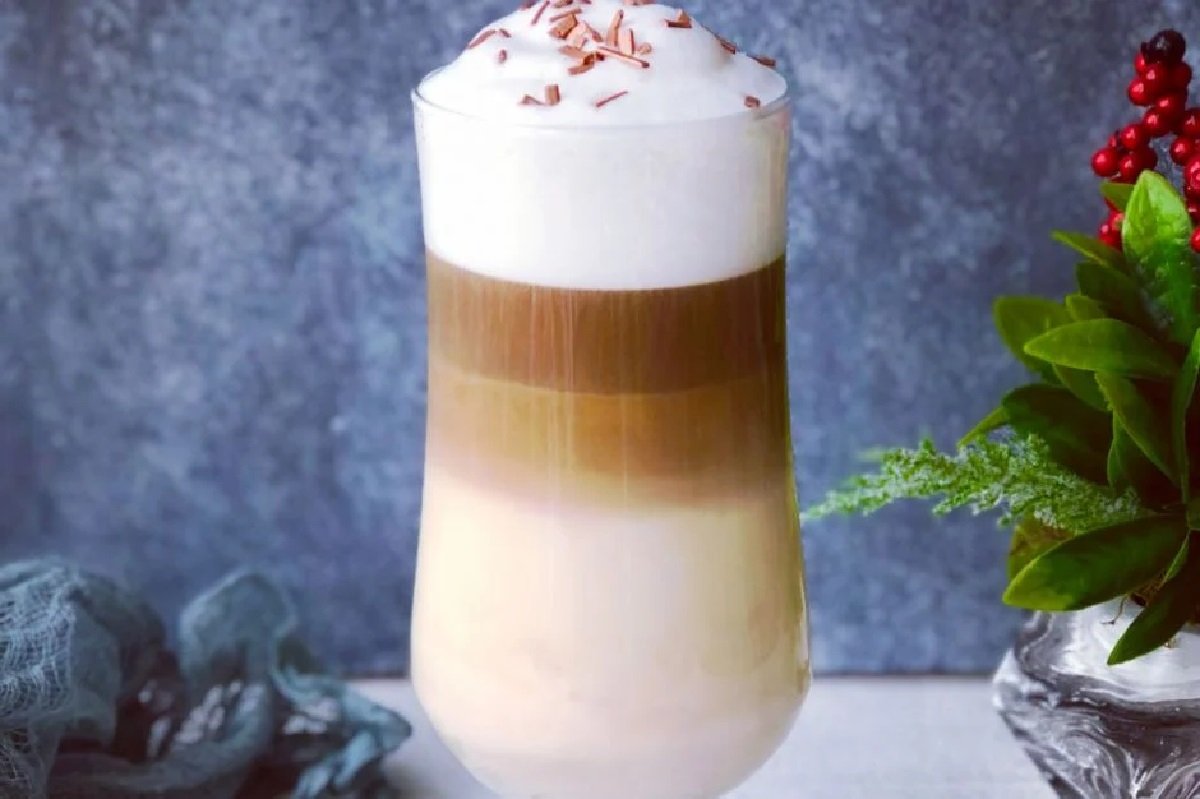Espresso – the strong seducer
Small, strong, intensely flavored: Many people are also switching to espresso at home. Here are the most important facts about the pick-me-up.

Espresso: The Basics
Two things in particular distinguish espresso from conventional filter coffee: extremely high water pressure and very finely ground coffee powder. With normal brewing, the hot water has a few minutes to extract the aroma from the ground coffee. With espresso, however, this process takes place within a few seconds. Thanks to the fine grinding, the water comes into contact with a particularly large amount of ground coffee. The result: a very strong and aromatic coffee. And now four million Germans drink it every day!
The so-called “crema” shows how well an espresso was prepared. This dense, fine-pored foam layer of golden brown color should not be missing. A spoonful of sugar sprinkled on top should not immediately sink through the crema. In addition, the foam layer should then close again. A little tip for a holiday in Italy: If you order a “caffè” here, you will get an espresso. In his home country, this is the “normal” way of drinking coffee.
Espresso: The coffee beans
Contrary to what is often assumed, different beans are used for espresso than for normal filter coffee. The difference lies in the longer roasting of the beans. In this way they get the typical intense taste. The longer roasting also has another effect that contributes greatly to the popularity of the espresso: the acid in the coffee beans is broken down by the heat. People with sensitive stomachs in particular appreciate this and therefore prefer espresso to conventional filter coffee.
What may surprise some coffee drinkers: the longer roasting process also reduces the caffeine content of the espresso bean. Although the pick-me-up ends up in the drink in a very concentrated form due to the special brewing method, the espresso is only drunk a good third of the amount of a conventional filter coffee. As a result, a cup of regular filter coffee can contain up to four times more caffeine than an espresso.
Arabica beans or mixtures with the more caffeinated Robusta bean are usually used for the espresso. Once the beans are ground, they lose their flavor. It is therefore ideal to buy whole beans and only grind the right amount freshly when needed.
Espresso: the preparation
Connoisseurs only trust special espresso grinders. In contrast to conventional coffee grinders, they grind the beans very finely and also ensure an even grinding result. Otherwise the espresso may taste too bitter or too thin.
In addition to the selection of the coffee beans and the correct degree of grinding, the espresso machine is the decisive factor for success. Opinions differ when it comes to choosing between an espresso machine and an espresso maker. Both methods have advantages and disadvantages.
Espresso: the variants
Espresso provides the basis for various coffee specialties:
Cappuccino: Espresso is poured over with foamed milk
Latte macchiato: First the foamed milk (about 100 ml) is poured into the glass, then the espresso is added
Espresso macchiato: The espresso is only provided with a dab of milk froth
Caffè Latte: A double espresso is filled with hot milk in a bowl
Caffè Americano: An espresso is lengthened with the same or twice the amount of hot water
Caffè Lungo: The espresso is prepared with twice the amount of water
Caffè Ristretto: This particularly strong espresso is made with less water than usual



